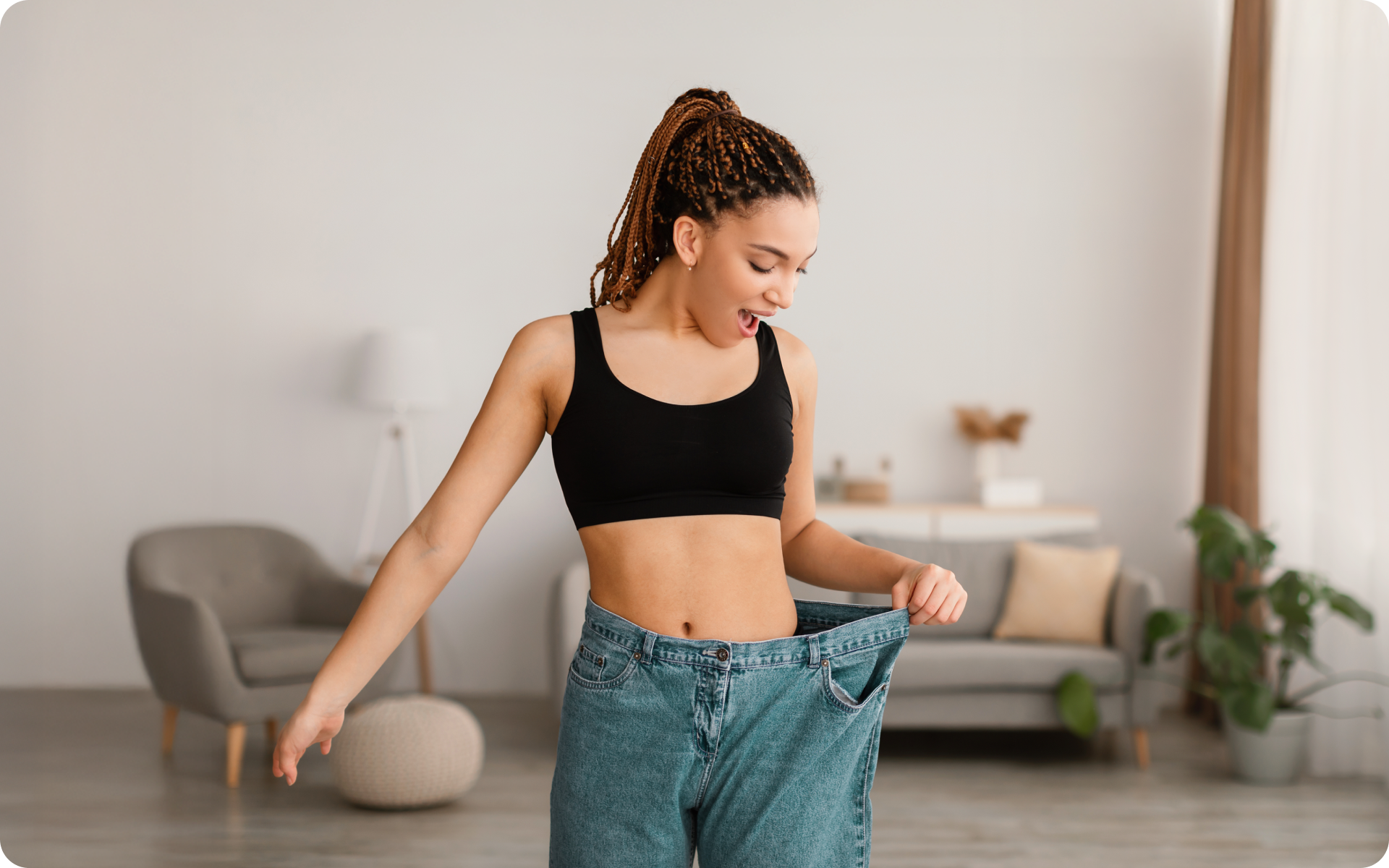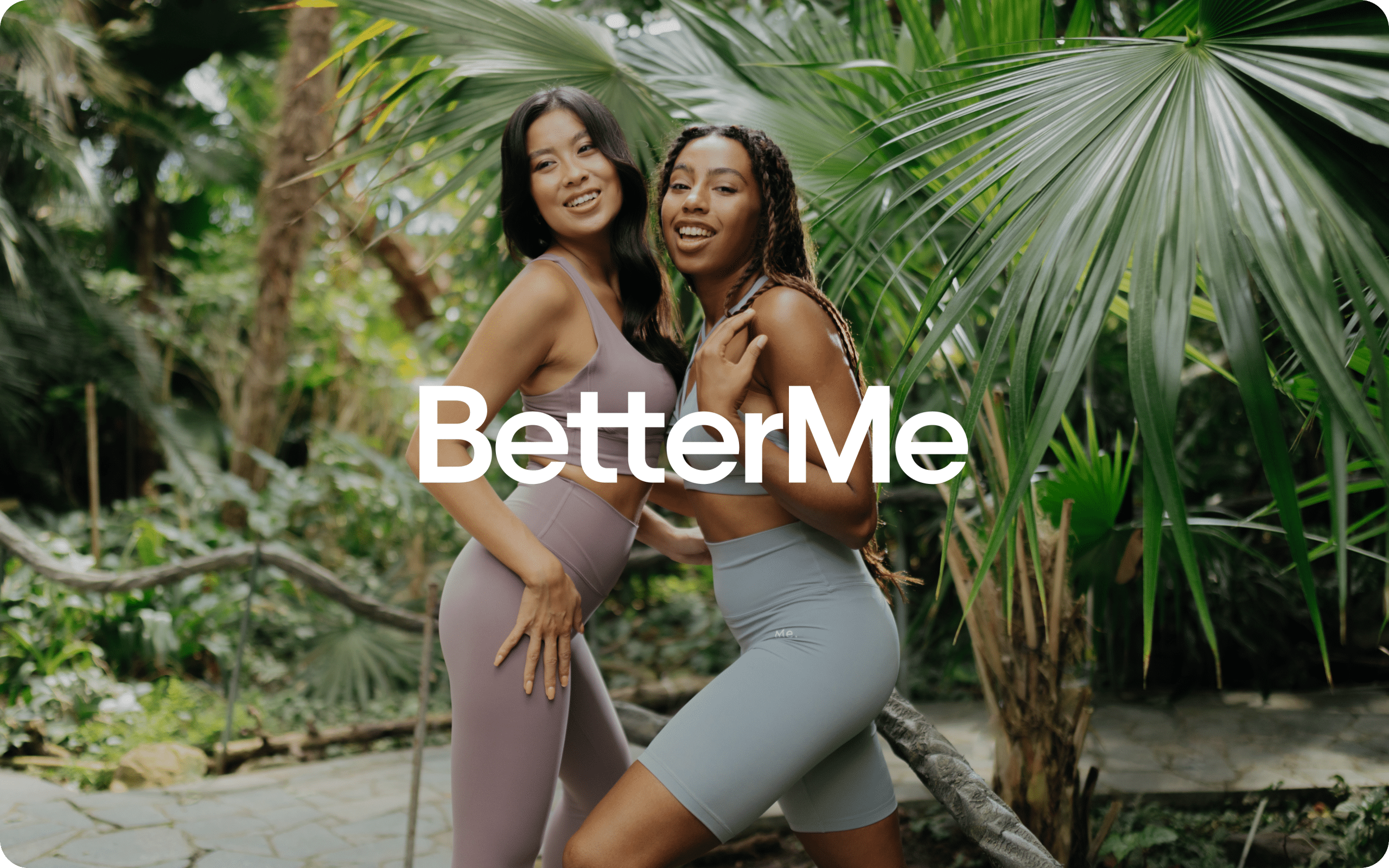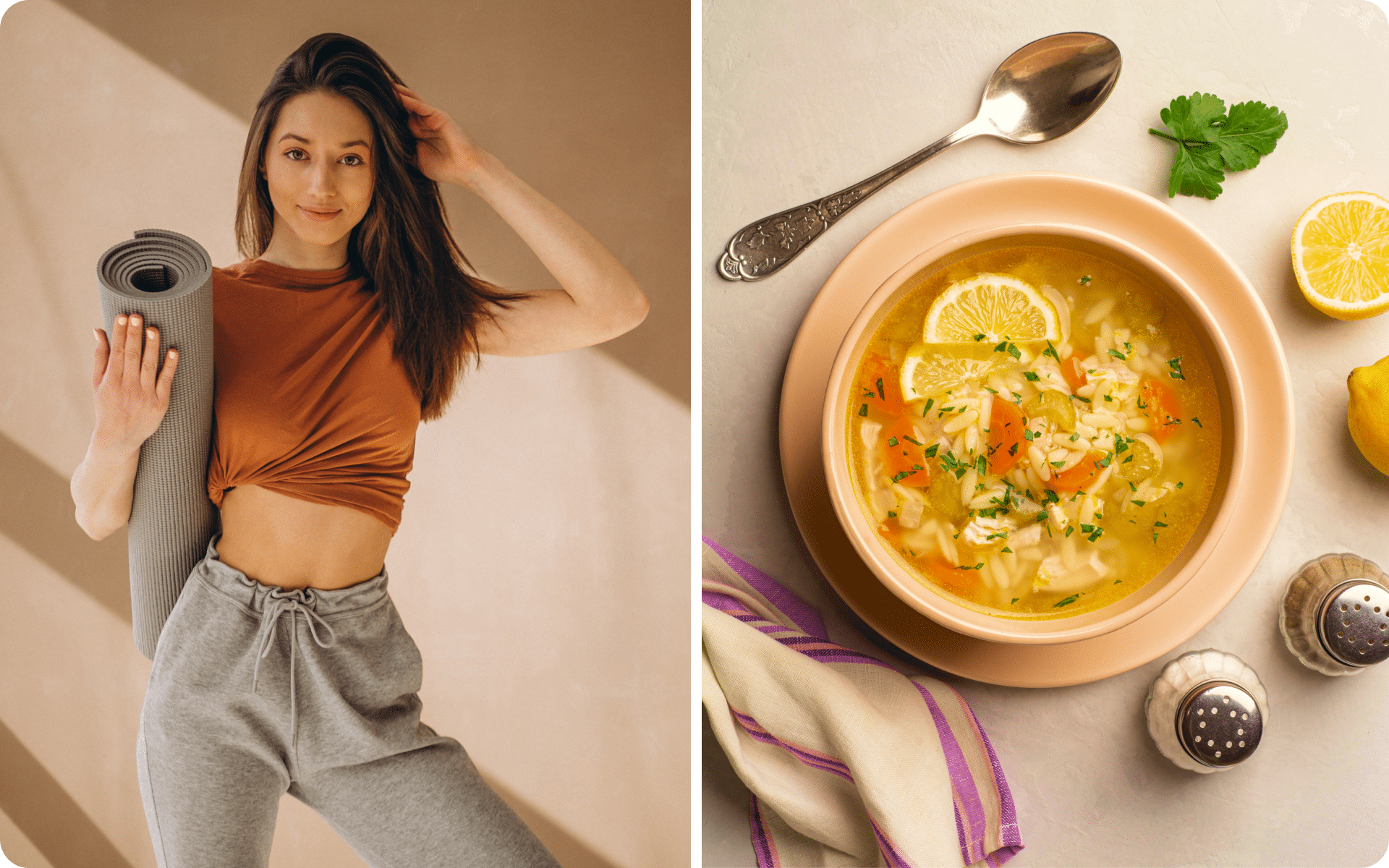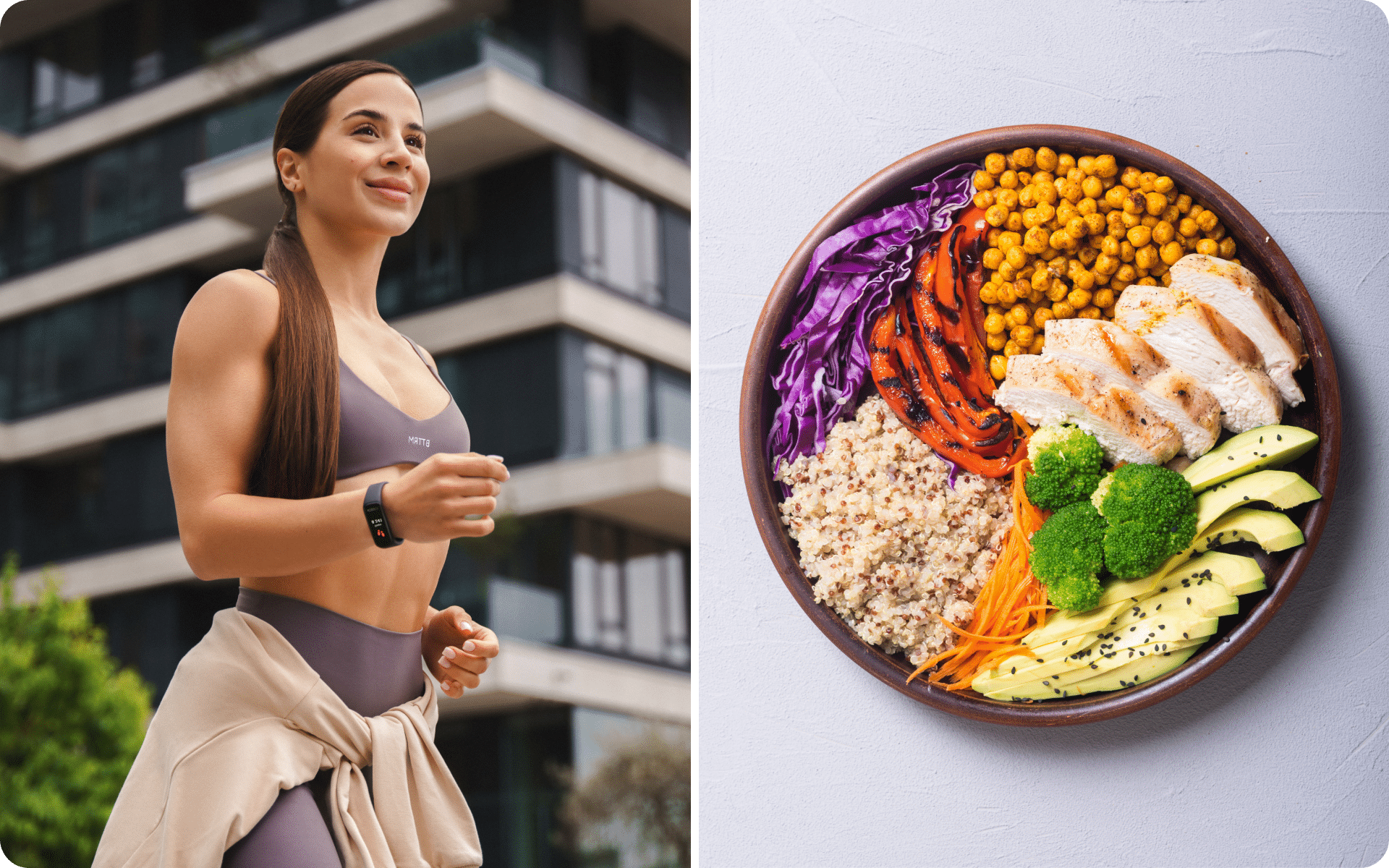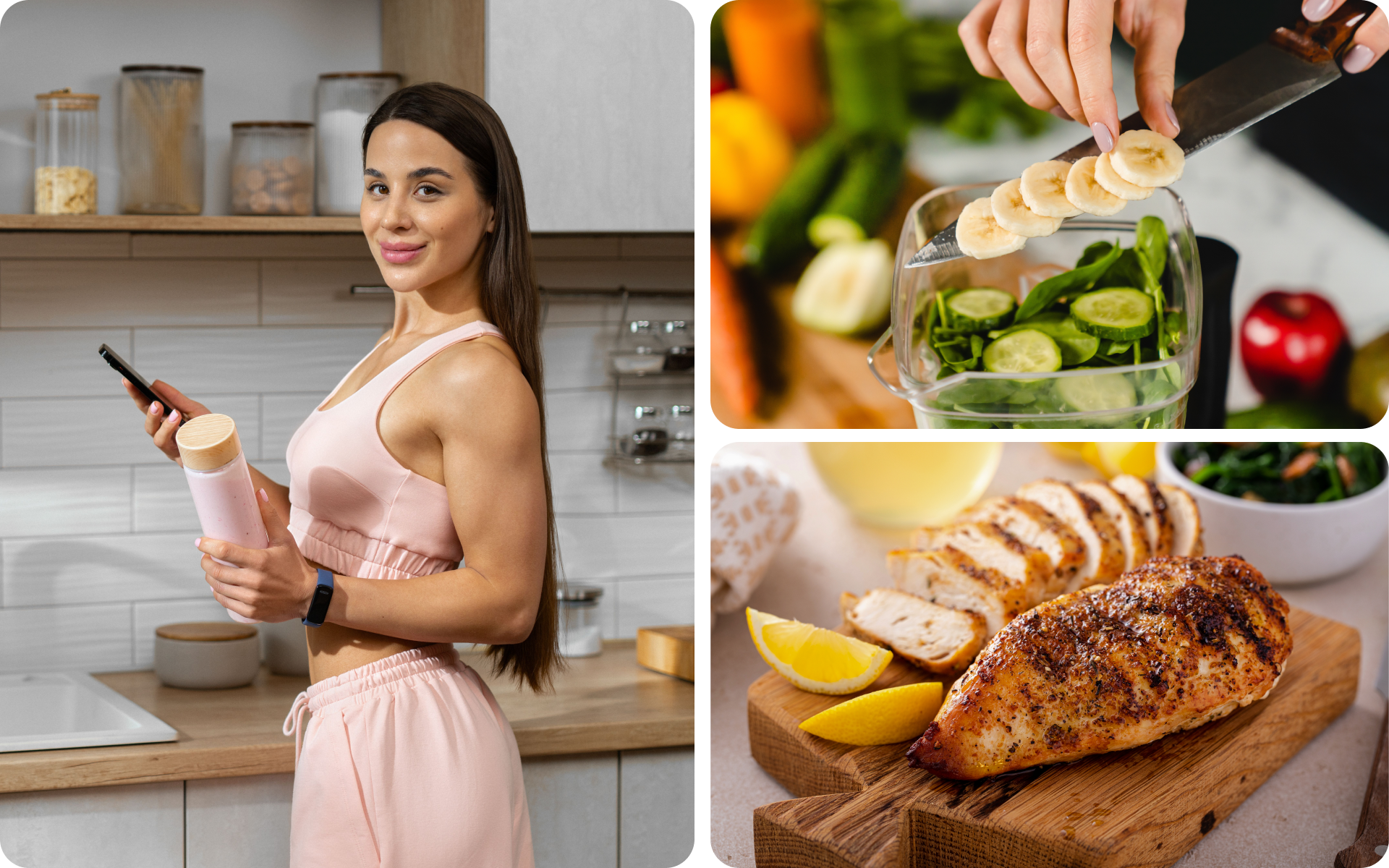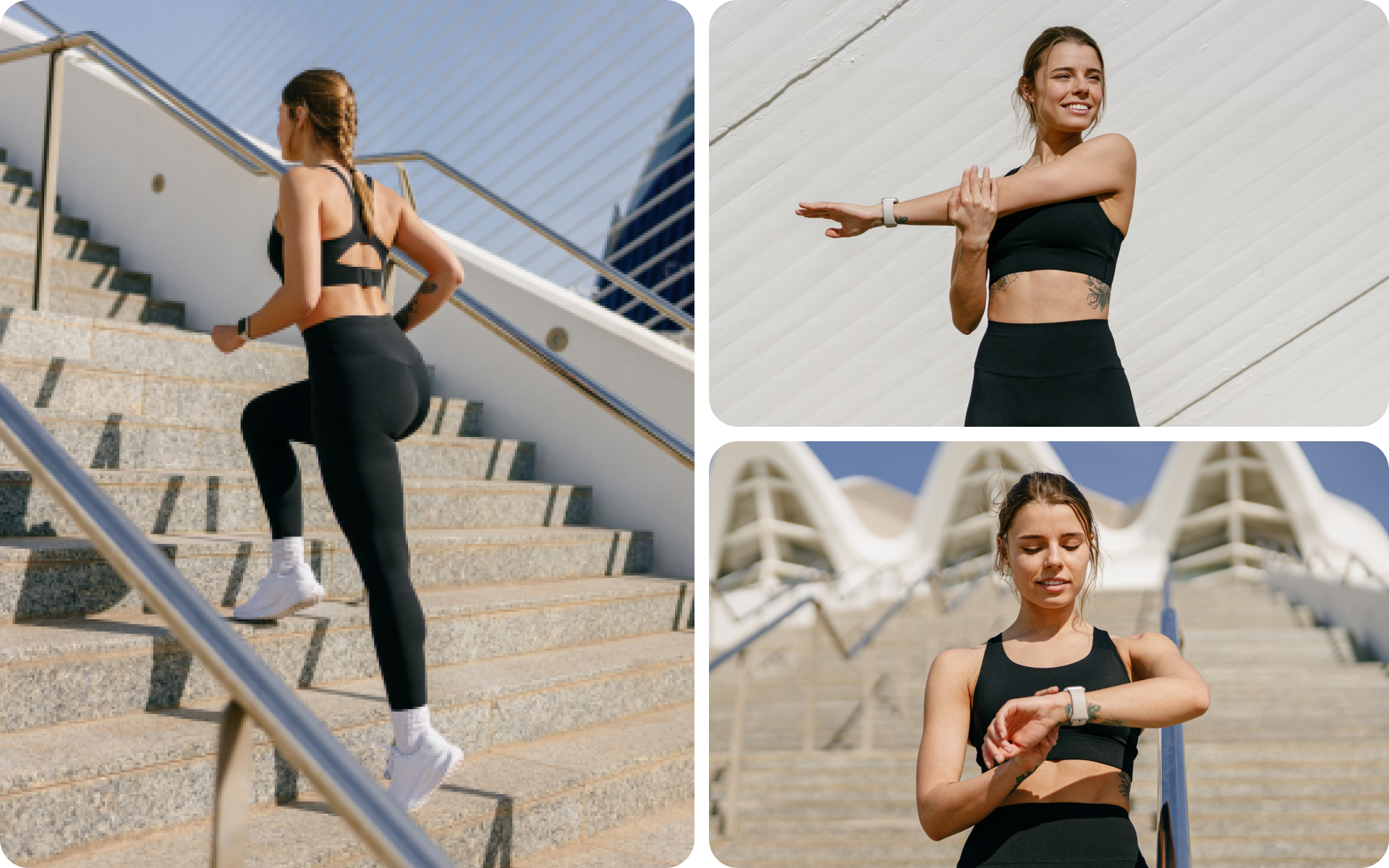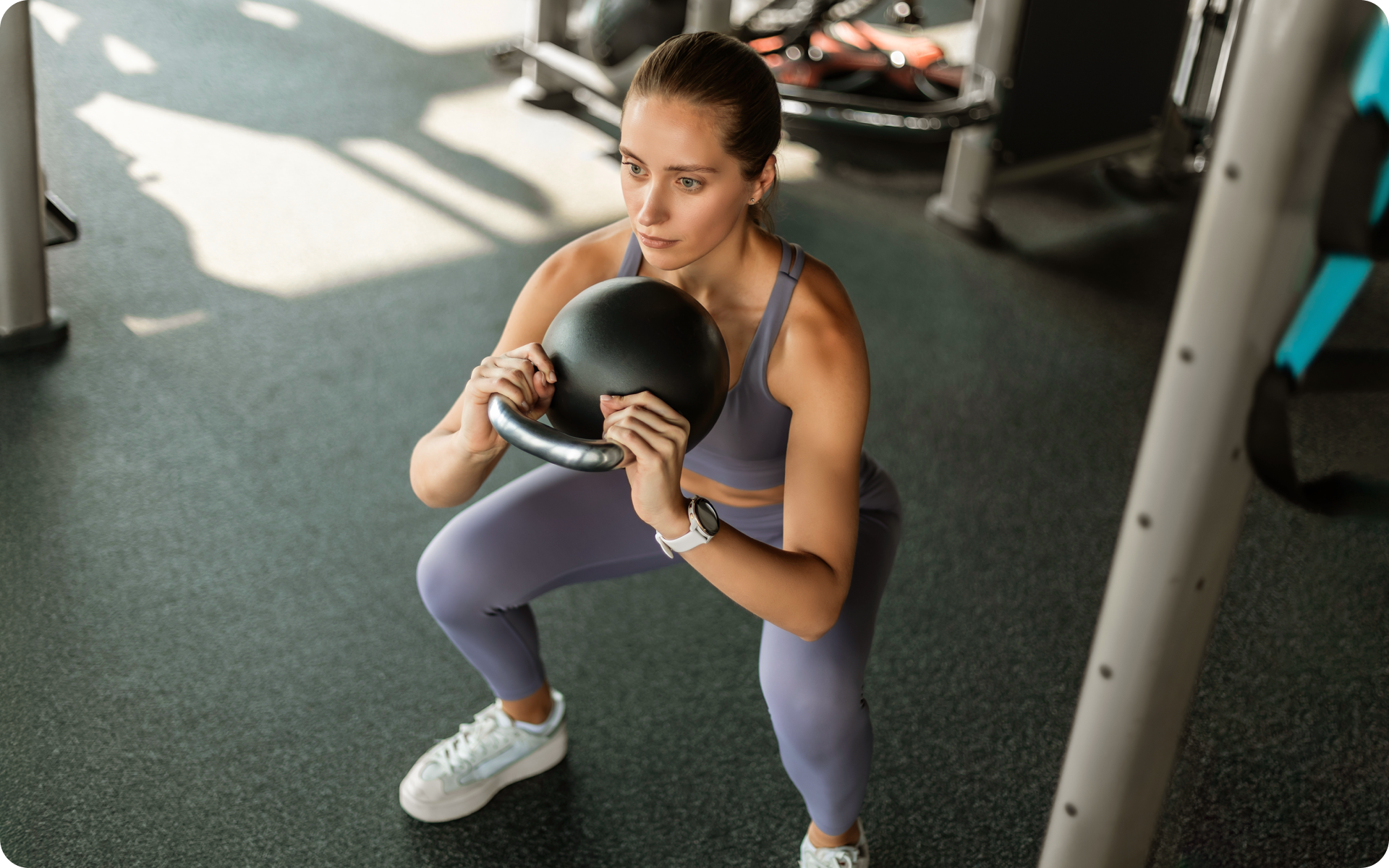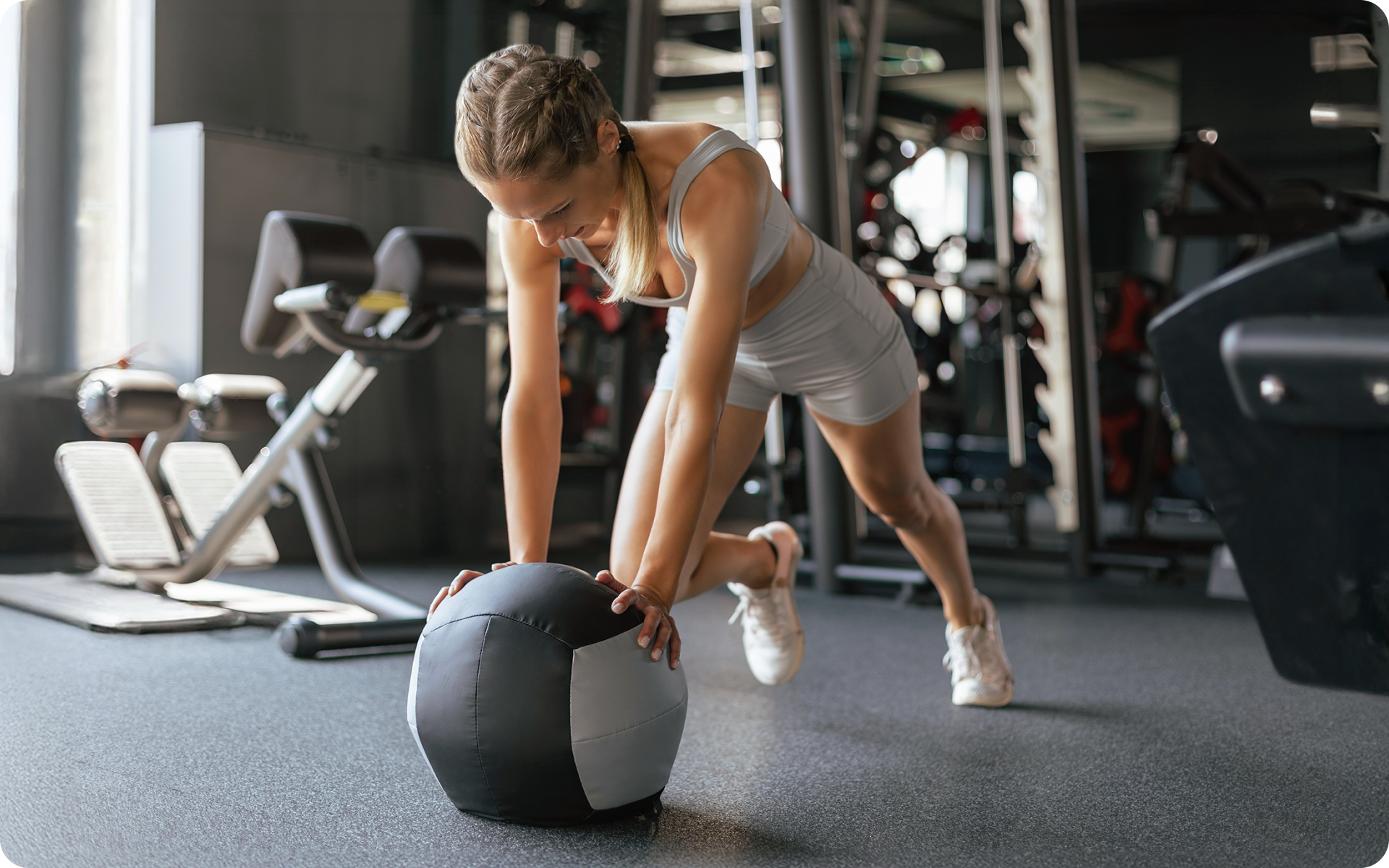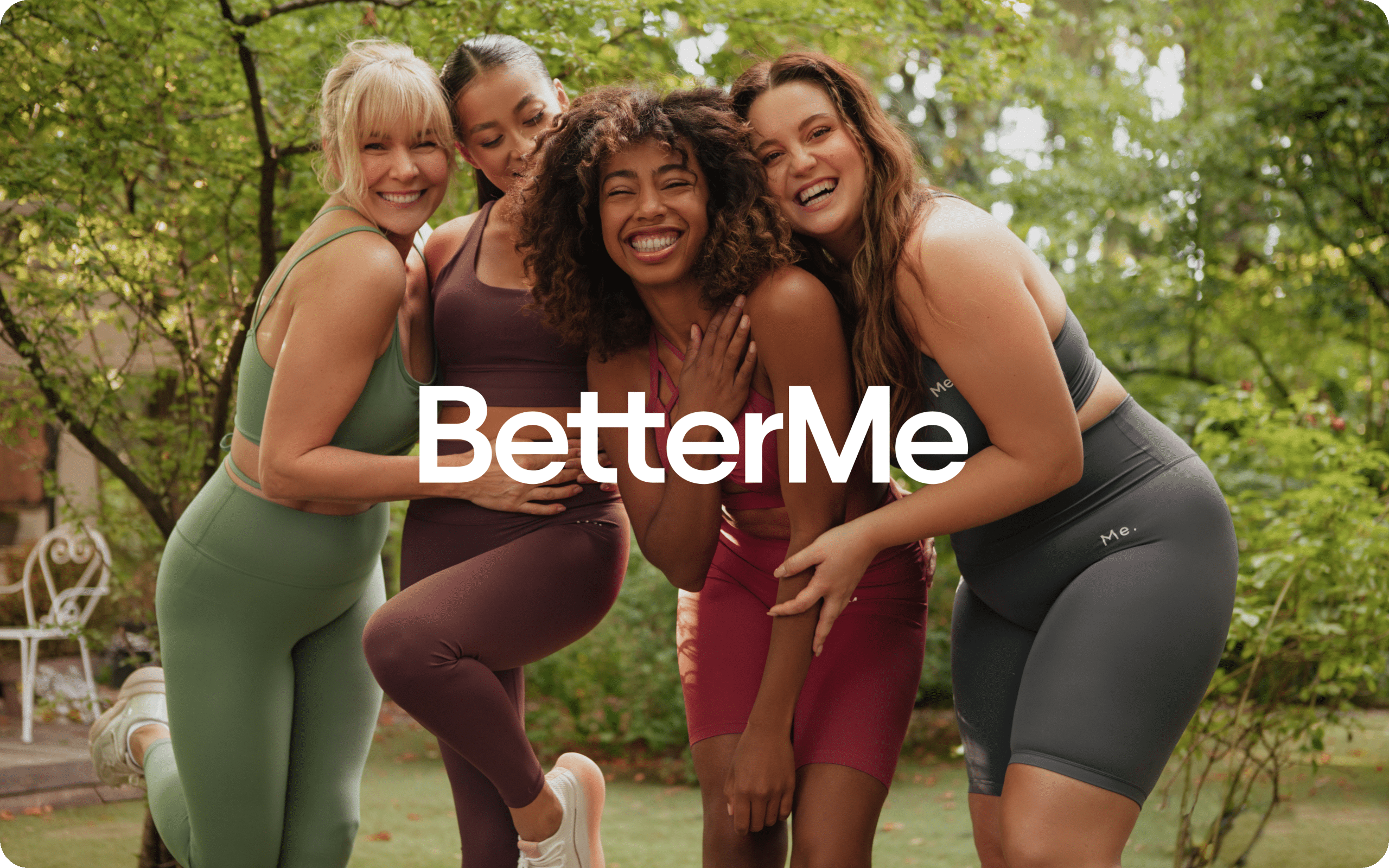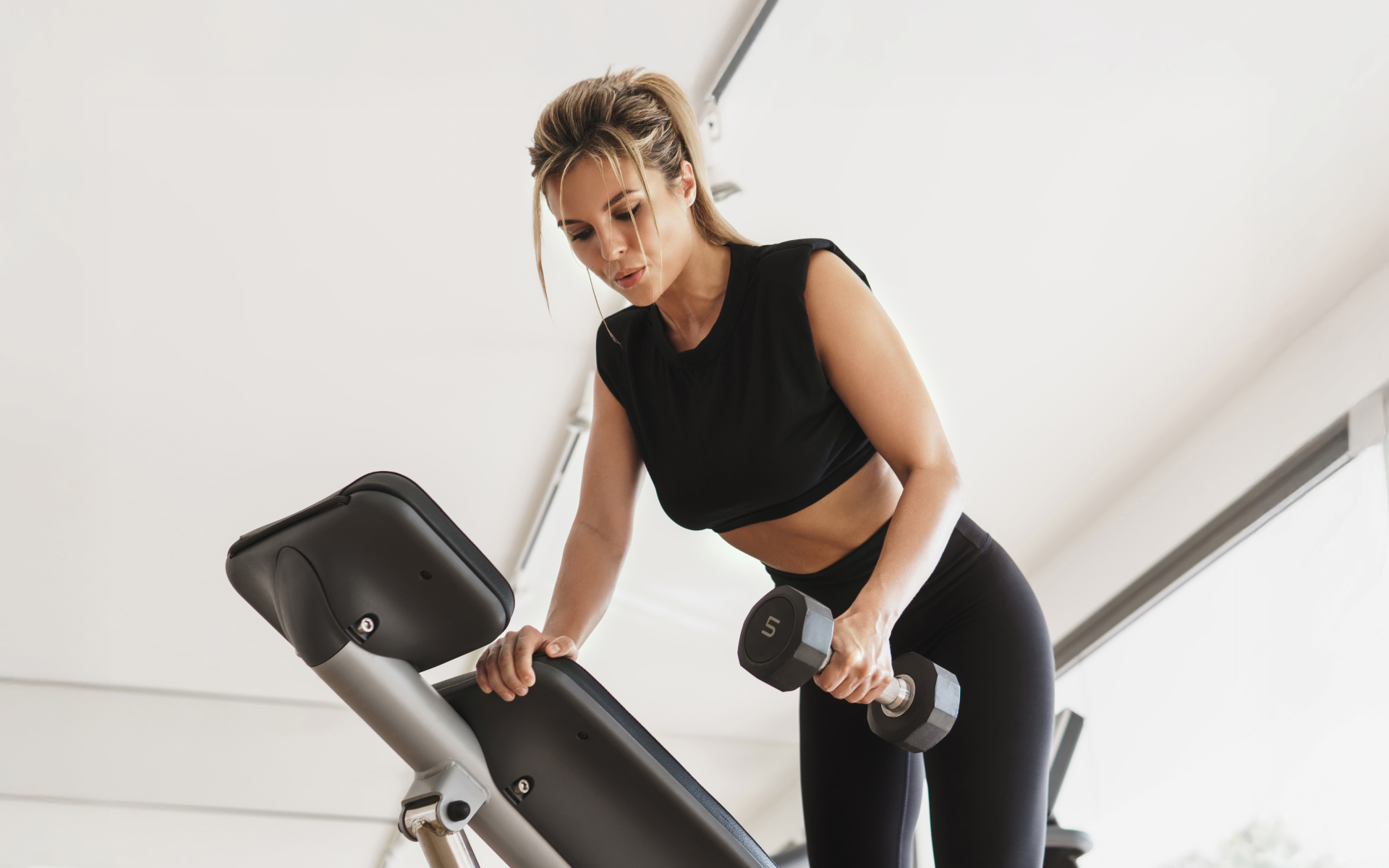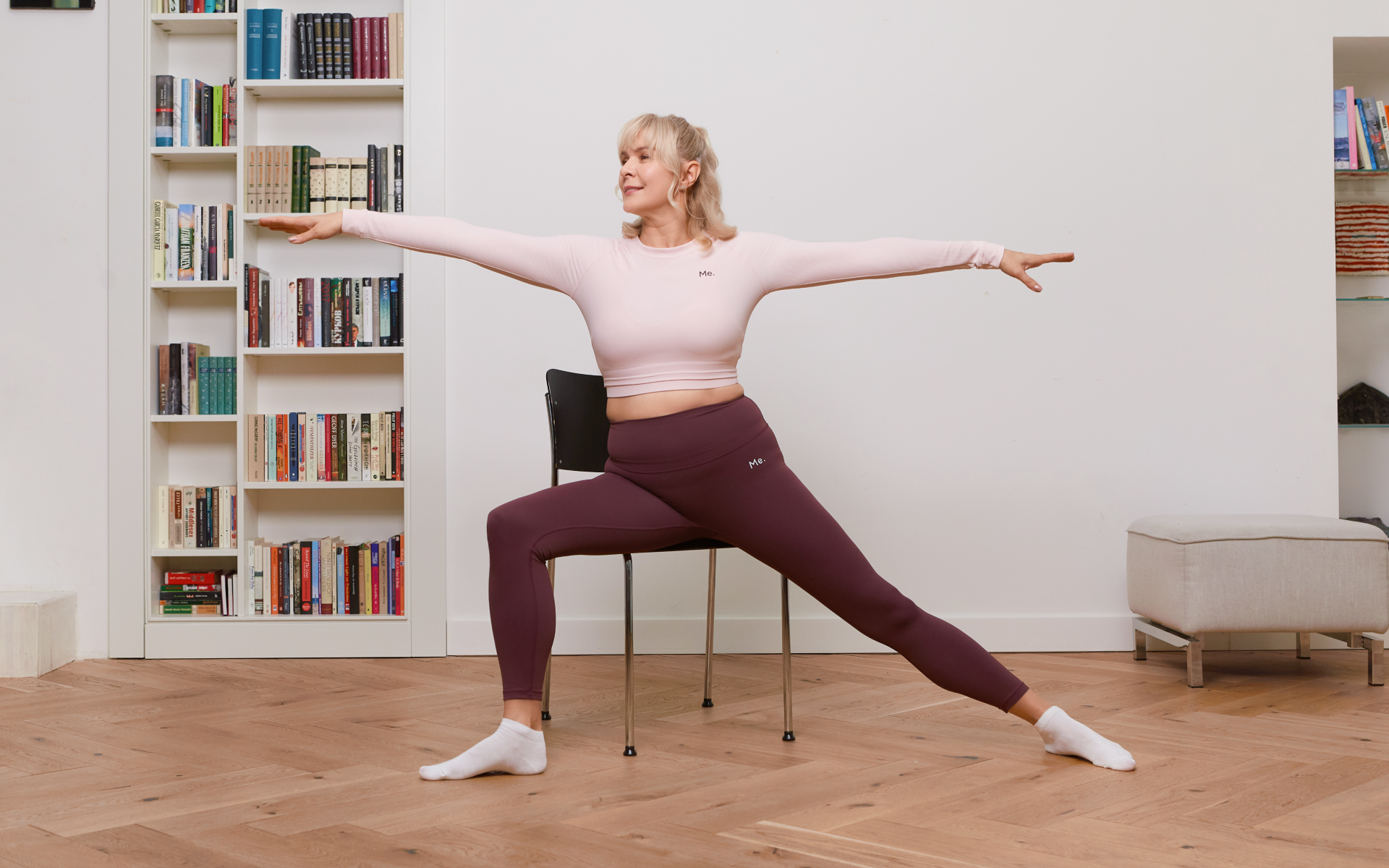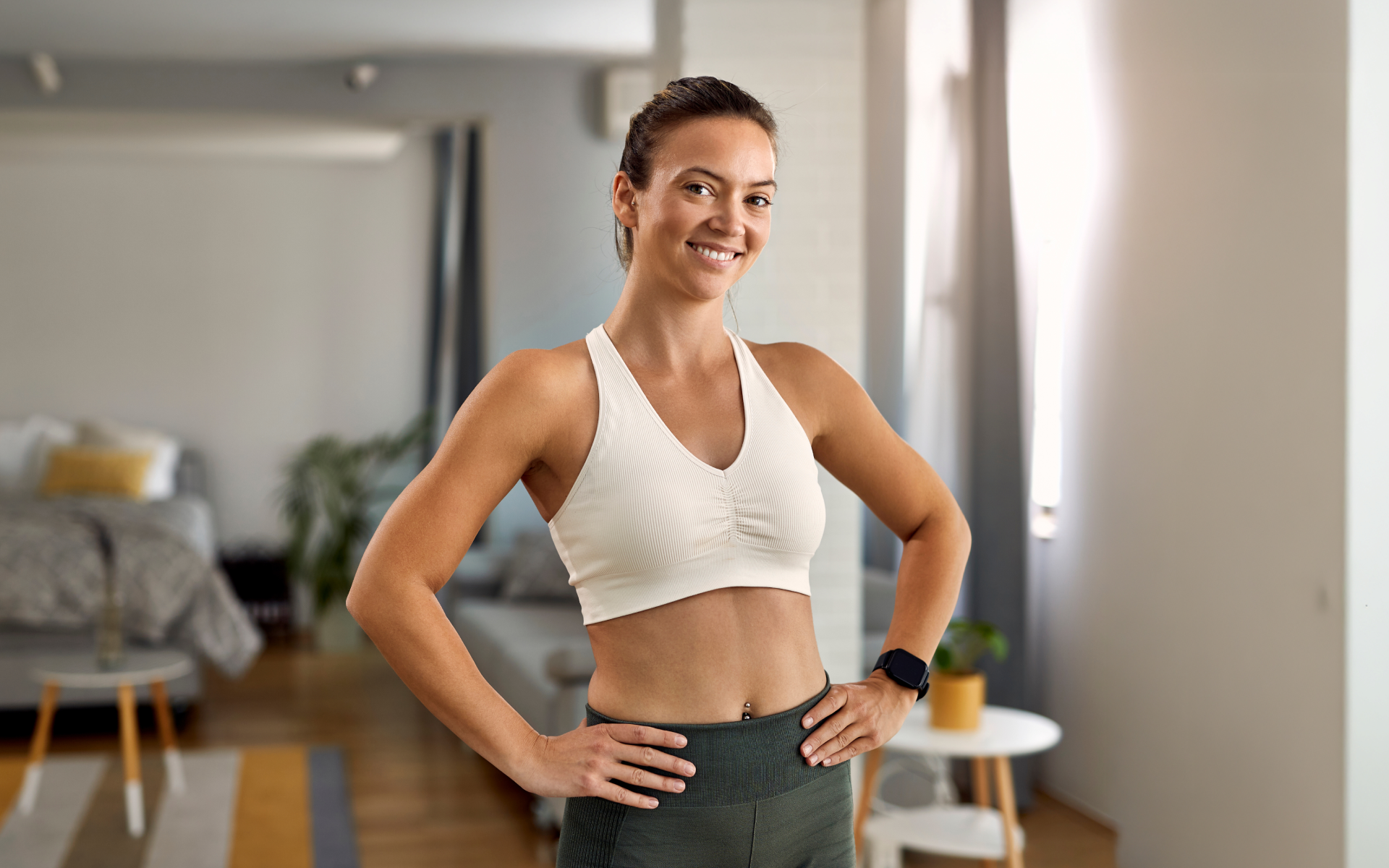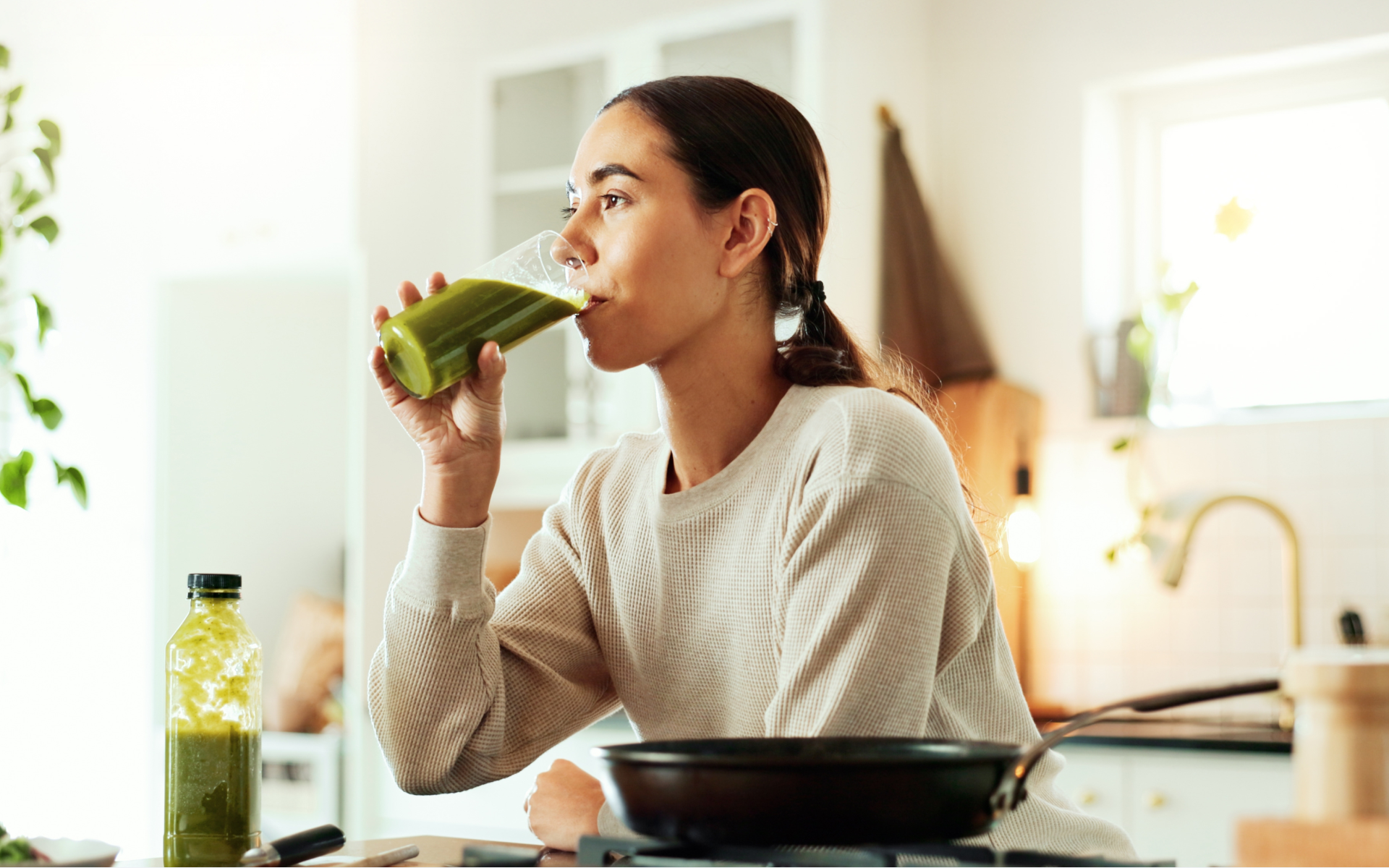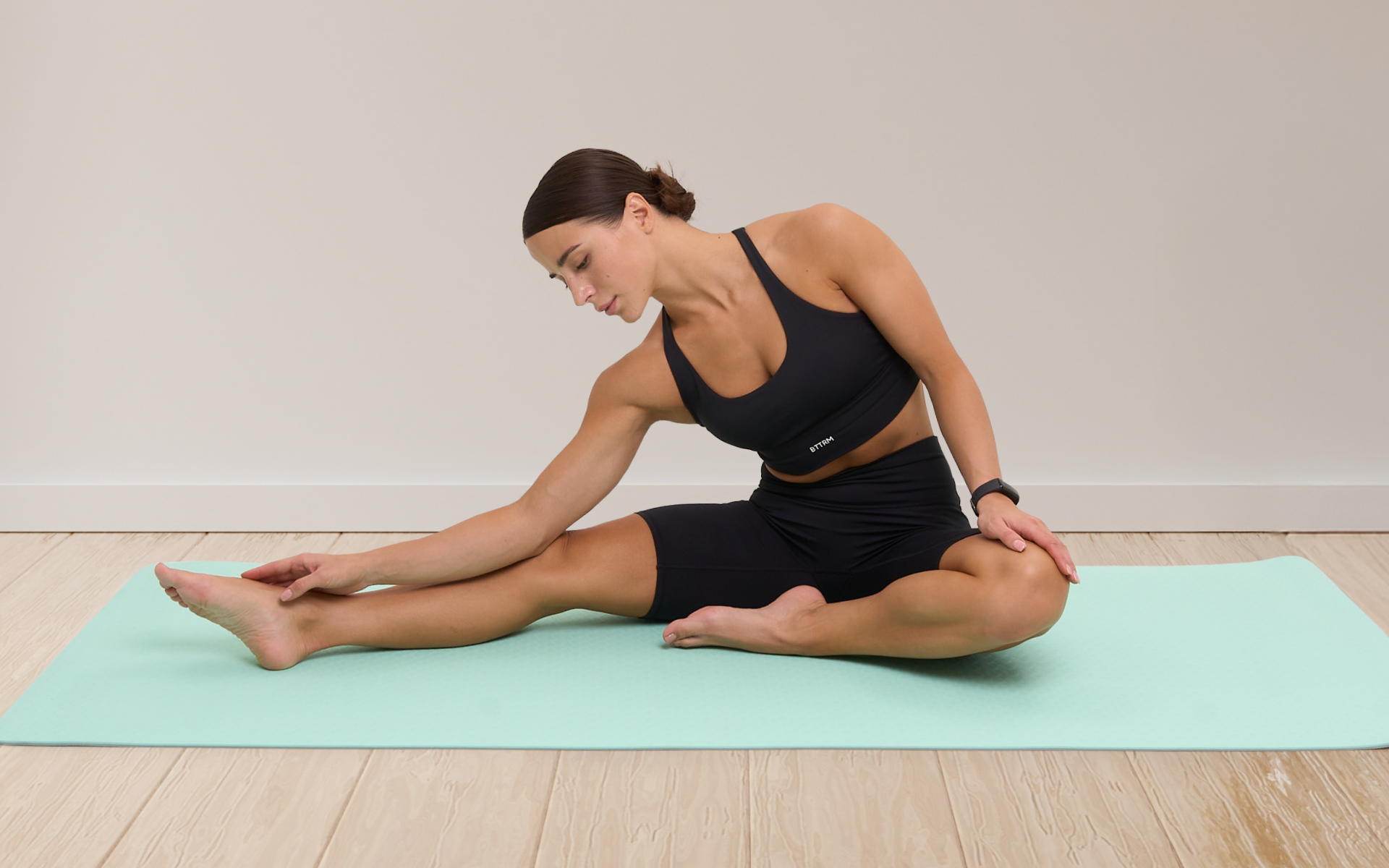How to start losing weight for beginners is something that many people who are looking to change up their lifestyles for a healthier and fitter life often search for. If this is you and you’re looking for tips for weight loss as well as a workout plan to lose weight, then you’ve come to the right place.
In this article, we’ll give you our best tips and tricks on how to lose weight for beginners. We will look into issues such as the best diets for women, the best diets for men, workout tips, and generally all you can do to ensure you achieve long-term and sustainable weight loss.
The Best Tips on How to Start Losing Weight for Beginners
Whether you’re wondering how to start losing weight for beginners women or how to start losing weight for beginners men, the first thing to realize is that fat loss and weight loss are not gender-specific.
While the fact that women generally have a higher percentage of body fat than men and they tend to store fat in their hips and buttock areas while men store it in the abdominal area can’t be ignored (12), these are normal physiological differences that are true at any size. The baseline of tips used for men for weight loss is basically the same as those for women.
How Do I Get Serious About Losing Weight?
The interesting thing about weight loss is you can know all the tips, but if you’re not serious about it, then these tips will do nothing for you. You will end up sitting with the information and never actualizing it or achieving your goals. To prevent this, you need to plan – as the famous quote says “failure to plan is like planning to fail”. Here are some planning tips that can help make sure you finally lose that weight.
Make Sure That You’re Mentally and Emotionally Ready
When it comes to weight loss, most people often assume that all it takes is waking up one day and heading out on a run or to the gym. While this can be part of the process, there’s more that goes into this process. Weight loss is a long process that requires a lot of hard work and patience.
Some things you need to ask yourself if you’re truly ready for this step include:
- What are your motivations for this?
- Are you ready to do this long-term or are you likely to fall for fad diets and programs that promise quick results?
- Are you willing to forgo dietary and lifestyle habits that could be fun but will likely derail your progress?
- Do you have a good support system to help see you through this journey?
- Do you have any health issues that may make this process a little harder than it already is and if so, are you willing to work with professionals (doctors, trainers, dietitians, etc.) to help you navigate a way around this?
Taking the time to answer such questions can help you learn more about yourself and help you fine-tune some details in order to keep you on track.
Get Physically Ready
Now that the mental and emotional parts have been sorted, we can tackle the physical. You can do this by:
- Printing out your motivations. Some people work well with physical/visual reminders of their goals. Think of it as a vision board of your physical health. You can stick them up on a wall, on the fridge, or simply use them as the wallpaper on your phone.
- Choose your desired mode of exercise. Choosing the place to work out (at home or at the gym) and picking the types of workouts to do (strength training, calisthenics, cardio, etc.) can help you stick to a plan for long enough to see results. However, if you’re unsure, feel free to experiment to find whatever works for you.
- Find the right clothes and footwear to suit your needs.
Set Realistic Goals
Nothing will kill your motivation faster than unrealistic goals. Weight loss is not a quick process. In fact, the CDC states that healthy weight loss that is sustainable in the long term is a slow and gradual loss of 1 to 2 pounds a week (18).
What this means is that if you plan to lose 10 pounds, you should realistically give yourself 5 to 10 weeks (one to two and half months) to reach your goal. Giving yourself too little time could lead to frustration and giving up if you don’t reach the goal or could lead you to trying some not-so-healthy and unsustainable methods to reach the goal.
Work on Your Diet and Start Getting Active
Exercising helps burn calories, which ultimately contributes to fat and weight loss. However, exercising alone may not get you to where you want to be. Eating healthier and minding your calories also plays a huge part in ensuring you lose weight and do so in the recommended timeline.
While the main goal for this may be weight loss, you should remember that eating healthy meals and working out don’t just help with weight management. Research has shown that a combination of these two things can help reduce the risk of chronic diseases such as type 2 diabetes, cardiovascular disease, and some cancers, improve mental health and well-being, and help with maintaining physical function and independence at an older age (11).
BetterMe App helps you achieve your body goals with ease and efficiency by helping to choose proper meal plans and effective workouts. Start using our app and you will see good results in a short time.
What Is the Best Diet for Losing Belly Fat?
With the amount of weight loss diets on the market today, it can be difficult to figure out which diet is best to help you lose belly fat or even fat all over the body and weight loss. So which of these diets work the best?
The answer to this is rather simple; there is no diet that is better than the rest for helping with belly fat loss or weight loss. Research and other scientific papers have shown that the best way to lose fat and weight is simply through an energy deficit.
In one paper published in the National Library of Medicine, researchers found that many popular unbalanced, hypocaloric (reduced-calorie) eating plans such as high-protein low-carb diets, low-fat diets, high-fiber diets, and very-low-calorie diets lead to weight loss (22).
However, the flip side of this was that the effects of such diets were only studied in the short term and the matter of their long-term safety was not studied enough.
The researchers also recognized that because these diets limited what food people ate, it was difficult to tell if it was the diet itself that helped with fat and weight loss or simply the fact that these people ate less food/calories overall (22).
In another more recent study looking at the optimal diet for weight loss and maintenance, researchers concluded that being on an energy/calorie deficit was more important than being on a specific diet (15).
They also stated that most popular diets such as the ketogenic diet, high-protein diet, or any other low-fat/low-carb diets can work for some people, but warned that they are only best for short-term use (15).
Ultimately, there is no one diet that is best for belly fat loss or general weight loss. For long-term healthy eating habits and weight loss, it’s best to choose a nutritionally balanced diet and eat at an energy/calorie deficit.
A good and effective deficit is eating 500 to 1,000 kcal less than your usual caloric intake (22).
Food Choices: Dietary Changes to Make Your Journey That Much Easier
As we’ve seen above, like exercise, diet plays a huge role in how quickly and effectively you can lose weight. While no particular diet is necessarily better than another, making good food choices can help you make great strides on this journey.
But what food choices and changes do you need to apply in your life to start losing weight? If you’ve been wondering how to start losing weight with food, simply follow the following dietary tips and watch the pounds drop off:
Eat More Protein
Contrary to popular opinion, protein is not the enemy of weight and fat loss. In fact, some of the best diets for women for weight loss are those that have higher protein macros. Research has shown that increasing your protein intake can help boost satiety, which helps you eat less – effectively reducing your overall calorie intake (4).
This macronutrient also increases your metabolism – or a small portion of it called the thermic effect of food. The body generally uses more energy to process protein than carbs or fat and so you simply burn a few more calories through the act of digestion. Protein also helps with muscle maintenance, which helps boost your metabolism in the long term (16).
Healthy protein sources include beans and lentils, eggs, lean meats, fish, poultry, seeds, tofu, and nuts.
Watch Your Calorie Intake
To some, counting calories is the bane of their existence. However, if you want to kickstart your weight loss, learning about your calorie intake is one of the best things you can do for yourself and your goals.
As stated above, being on a calorie deficit is the best dieting trick to help you start losing weight and the recommended deficit is eating 500 to 1,000 kcal less than your usual intake.
Please note that as an individual’s calorie needs are determined by multiple factors including age, sex, environmental temperature, energy expenditure, pregnancy, hormonal status, and dieting behaviors (2), it can be difficult to say what amount of calories everyone should eat for weight loss.
To figure out your perfect deficit, we recommend choosing a reputable calorie-counting/fitness app to help you. The BetterMe app is one such app that will help you do this. You can also track your fitness and water intake and do much more on this app.
Ditch the Fast Foods and Alcohol
Let’s not lie, the thought of a slice of pizza dripping with cheese and your favorite toppings is enough to make your mouth water. Burgers, hot dogs, croissants, ice cream, and soda – these are some of the top most loved fast foods.
However, despite all their yummy goodness, they’re not helpful for weight loss as they are high in added sugar, salt, saturated fat, and calories, and low in antioxidants, fiber, and many other important nutrients.
To make matters worse, they’re usually digested quickly and the little energy they provide is used in a short time, which makes you feel hungry faster than if you had consumed a wholesome meal.
This can make you eat more, which then leads you to eat at a calorie surplus – something that derails weight loss and also contributes to weight gain. Alcohol is also full of empty calories and its consumption can lead to bad food choices.
When we’re inebriated, we’re more likely to pick unhealthy foods full of saturated fats and added sugar over more wholesome foods. Alcohol also derails your metabolism and leads to poor sleep, all factors that can mess up your weight loss plans (21, 17).
If you’re serious about how to start losing weight for beginners women and men but can’t give up alcohol, you can switch to low-calorie options such as vodka, whiskey, gin, tequila, and brandy. However, be sure to stick to 1 standard serving, which is approximately 1.5 ounces (1). Choose mixers that are low- or zero-calorie. Also make sure you drink plenty of water to avoid dehydration.
Read more: Wall Pilates for Butt: A Quick Guide for Beginners
Consume More Whole Grains
In recent years, many food plans that are considered the best diets for men and women are often very low in carbohydrates or fully cut out carbs. However, this is terrible advice. Carbs are not the enemy of weight loss. In truth, carbohydrate quality is much more important than carbohydrate quantity. You can consume complex carbs at every meal and still lose weight (23).
Whole grains such as barley, brown rice, buckwheat, bulgur, millet, oatmeal, whole-wheat bread, pasta, or crackers, and popcorn are considered good foods for weight loss as they are high in fiber. Fiber takes longer to digest, so it keeps you feeling full for longer. They also have other important nutrients, such as B vitamins, iron, folate, selenium, potassium, and magnesium, which may help prevent diseases such as cardiovascular illnesses, diabetes, and some cancers (25). Starchy vegetables, beans, and other legumes are also excellent sources of complex carbs, fiber, vitamins, and minerals.
Consume More Vegetables
Consuming more vegetables is one of the best tips for weight loss. They are low in calories, which means you can consume a large amount of them at each meal without the risk of going over your daily recommended calorie intake.
Dark leafy greens are especially recommended as they also contain many nutrients such as vitamin A, vitamin C, antioxidants, fiber, folate, vitamin K, magnesium, calcium, iron, and potassium. Examples of these include arugula, bok choy, Swiss chard, collard greens, kale, spinach, microgreens, and lettuce (9).
Cruciferous vegetables are also great food options for weight loss. They’re low in calories and high in vitamins, fiber, and disease-fighting phytochemicals. Cruciferous vegetables have been linked with having incredible benefits against cardiovascular disease, cancer, and other chronic diseases (6, 7, 8). They include broccoli, cauliflower, radish, kale, Brussels sprouts, watercress, and cabbage.
Leafy greens and cruciferous vegetables also make great additions to smoothies. If you’re planning on doing a 30-day smoothie diet, adding some of these vegetables to a smoothie with fruits, oats, and whey or plant-based protein can make it very filling.
Avoid Sugary Drinks
Like refined carbs and alcohol, they’re high in calories and added sugar, which increases your risk of weight gain and chronic disease.
Nuts And Seeds
They’re full of healthy fats, which are good for weight loss and your overall health (5, 14). Examples of nuts include walnuts, almonds, Brazil nuts, pistachios, and cashews. Seeds include pumpkin seeds, chia seeds, hemp seeds, sesame seeds, sunflower seeds, and flaxseeds.
Other Weight Loss Tips for Beginners
In addition to fixing your diet, here are some other things you can do:
1. Weigh Yourself Regularly
While many people don’t like stepping on the scale and some experts even advise against it, a review published in the International Journal of Behavioral Nutrition and Physical Activity revealed that regular self-weighing may help boost your weight loss efforts. However, you should be cautious about this as it can cause negative psychological consequences if you don’t see the results you’re hoping for (20). Try to find a balance and weigh yourself at regular intervals, but not too often.
2. Incorporate Exercise into Your Routine
While improving your eating habits goes a long way in losing weight for beginners, working out can help you push these results even further. When trying to make a workout plan to lose weight, many beginners try pushing themselves to work out five to seven days a week.
This is not a good idea as it may lead to overtraining or burnout. Instead, pace yourself and start with 2 to 3 exercise days a week. Your workout plan to lose weight should include both cardio and strength training exercises.
Cardio Workout Examples and Calories Burned
Here are some examples of cardiovascular exercises you can do and the amount of calories a 185-pound person may burn in 30 minutes (3):
- Walking at approximately 4 mph – 189 kcal
- Disco dancing – 231 kcal
- Ballet – 252 kcal
- Running at 5 mph – 336 kcal
- Bicycling at approximately 14 to 15.9 mph – 420 cals
- Jump rope (fast) – 503 cals
- Swimming laps – 420 kcal
- Kickboxing. This is a great ‘how to lose weight for women’ workout. Not only is it a cardio exercise, it also combines strength training. If you hate running, can’t be bothered to go hiking, or don’t know how to swim, this exercise may be for you.
If you wish to free yourself from all the extra pounds that have been weighting you down for way too long, start using the BetterMe app and overhaul your entire life!
Strength Training Workout Examples and How to Do Them
Strength training workouts can include free weights, weight machines, or body weight if you don’t have access to the former. Strength training can involve isolation and compound exercises.
Compound exercises are great for weight loss as they work out multiple muscles at the same time. Not only do they burn more calories, they can also lead to muscle growth.
Some of the best strength training exercises to add to your workout plan to lose weight include:
Kettlebell Swings
They target the muscles in your hips, glutes, hamstrings, and the upper body, including your shoulders and lats.
- Stand with your feet slightly wider than shoulder-width apart as you hold a kettlebell in front of your body with both hands, arms straight.
- With a slight bend in your knees and a flat back, hinge at your hips and swing the kettlebell back through your legs.
- Use this momentum to stand and swing the kettlebell out in front of your body, up to shoulder height. Thrust your hips forward, and engage your glutes and core as you stand up straight.
- When the kettlebell hits shoulder height, your knees should be straight, and your glutes contracted in a full hip extension.
- Allow the kettlebell to swing back down through your legs.
Mountain Climbers
- Start in a traditional plank position with your shoulders directly over your hands and wrists.
- Make sure to keep your back flat and your butt down, maintaining a neutral spine – don’t curve your back or sag your hips.
- Engage your core and lift up your right knee, bringing it toward your elbow (or as far as you can). Return the right knee back to the starting position as you simultaneously drive your left knee up toward your left elbow.
- Return to the starting position and continue switching legs as you pick up the pace. It should feel as if you’re running in place in a plank position.
Medicine Ball Slams
Like mountain climbers, they’re a full-body workout that burns a lot of calories in a short time. They engage your core, shoulders, triceps, back, glutes, hamstrings, and quads.
- To start, stand tall with your feet roughly shoulder-width apart and your knees and hips slightly bent, holding a medicine ball in both hands at your torso.
- Engage your core and keep your back straight.
- Reach both arms overhead, fully extending your body. Slam the ball forward and down toward the ground.
- Extend your arms toward the ground as you slam and don’t be afraid to bend your knees as you hinge over. Squat to pick the ball up and then stand back up.
- Do this 8 to 12 times for one set.
Inchworms
They can be used as a warm-up or as part of a full routine and they target the core, delts, chest, hamstrings, and glutes.
- Stand tall with your feet roughly hip-distance apart and your core engaged.
- Take a breath in, then as you exhale, look down at the ground and start reaching your hands toward the floor in front of your feet, allowing your back to bend forward, rolling down one vertebra at a time. Allow your knees to bend slightly, as needed, to enable your hands to reach the ground.
- Place your hands on the floor in front of your feet. Inhale and walk your hands forward, one at a time, allowing your heels to lift off the floor as your body starts to straighten. Stop once your hands are directly under your shoulders. This should put you in a plank position with your core, chest, quads, triceps, and shoulders engaged. Keep your body in a straight line. Don’t sag or arch your back.
- Keeping your legs relatively straight, start walking your feet forward, one at a time, toward your hands, lifting your hips toward the ceiling. Exhale with each step.
- Stop when your feet are as close to your hands as you can comfortably bring them. Remember, you can bend your knees slightly to ease the stretch on your hamstrings, but try to keep them as straight as possible.
- Return to standing by slowly rolling your back up from the hips, straightening one vertebra at a time. Inhale as you go.
- Repeat this 10 to 12 times.
Here’s an example of a simple workout plan to lose weight:
- Monday – cardio
- Wednesday – 10 minutes of cardio as a warm-up with 20 minutes of strength training – kettlebell swings, squats, and mountain climbers
- Friday – strength training
Remember to keep your core braced at all times during these workouts. If you’re not sure how to brace your core, simply pull your belly button toward your spine and keep breathing. Always have your belly button pulled to your spine when working out.
How to Lose 100 Pounds
Losing 100 pounds may be a daunting affair, but it’s not impossible. The same tips relating to how to start losing weight for beginners apply to this. You should:
- Reduce and track your caloric intake.
- Eat more fiber, as it keeps you fuller for longer and may reduce the production of hunger hormones, such as ghrelin, and increase the production of the fullness hormone leptin.
- Increase your protein intake. As we’ve seen above, protein boosts your metabolism, curbs your appetite, and helps preserve muscle mass.
- Cut down on refined carbs, alcohol, and sugary drinks.
- Eat more vegetables.
- Do more cardio and strength training exercises.
Read more: Pilates Full Body Workout for Beginners (No Equipment Needed)
How Long Does It Take to Start Losing Weight?
Weight loss may start as soon as a calorie deficit is achieved in your diet. Consuming fewer calories than your body needs means your body can’t store extra calories as fat and forces it to burn its already stored fats for energy, which leads to fat and weight loss, but it’s a slow process that takes time. You can expect to lose an average of 1-2 pounds per week if you’re doing things right.
FAQs
What drink burns belly fat?
There is no drink you can consume that will magically help you burn away belly fat and any drink that is marketed as such is simply a gimmick or contains laxatives that won’t help with fat loss.
Fat loss in any area of the body is achieved through a calorie deficit and exercise that helps build muscle and increase your metabolic rate, which helps with fat burning. If you want to increase your resting metabolic rate and perhaps burn some extra calories, you can drink more water, coffee, and tea.
Research has suggested that water induces thermogenesis (10) and the caffeine in both tea and coffee can also temporarily increase your metabolic rate.
Catechins and other molecules in coffee and tea may also be good for your health and help with the prevention of numerous metabolic disorders including metabolic syndrome, cardiovascular diseases, type 2 diabetes, and obesity (19).
Where do you lose weight first as a female?
No study has found which part of the body women tend to lose weight first, but according to a study published in The Physician and Sports Medicine journal, obese people generally lose more weight from their arms and legs. Changes in size from weight loss may also be first seen in the trunk area (chest, abdomen, pelvis, and back), followed by the legs and then the arms (13). However, these observations were based on the average of a group of people and individual experiences may vary.
How can I tell if I’m losing weight?
The easiest way to do this is by stepping on a simple bathroom scale. You can also simply look at how your clothes fit – if they’re looser than before – or compare before and after pictures to see if any parts of your body look smaller or more defined than before.
Why am I not losing weight but eating healthy and working out?
You could be going through a weight loss plateau – a time where you temporarily stop losing weight. To kickstart the weight loss, you may be required to either increase your physical activity or decrease the calories you eat.
Are planks good for abs?
Yes, planks are among some of the best workouts for the core muscles, including the abs (24).
The Bottom Line
The secret to how to start losing weight for beginners lies in improving your diet and working out. When you eat nutritious foods in a balanced way, cut down your calorie intake, and start exercising, you’ll start to lose weight. Another point to note is that you should always speak to a doctor before you make any major lifestyle changes, and a dietitian can help you better understand how to adjust your eating habits.
DISCLAIMER:
This article is intended for general informational purposes only and does not serve to address individual circumstances. It is not a substitute for professional advice or help and should not be relied on for making any kind of decision-making. Any action taken as a direct or indirect result of the information in this article is entirely at your own risk and is your sole responsibility.
BetterMe, its content staff, and its medical advisors accept no responsibility for inaccuracies, errors, misstatements, inconsistencies, or omissions and specifically disclaim any liability, loss or risk, personal, professional or otherwise, which may be incurred as a consequence, directly or indirectly, of the use and/or application of any content.
You should always seek the advice of your physician or other qualified health provider with any questions you may have regarding a medical condition or your specific situation. Never disregard professional medical advice or delay seeking it because of BetterMe content. If you suspect or think you may have a medical emergency, call your doctor.
SOURCES:
- Alcohol Calorie Calculator (n.d., rethinkingdrinking.niaaa.nih.gov)
- Calories: Total Macronutrient Intake, Energy Expenditure, and Net Energy Stores (n.d., ncbi.nlm.nih.gov)
- Calories burned in 30 minutes for people of three different weights (2021, health.harvard.edu)
- Clinical Evidence and Mechanisms of High-Protein Diet-Induced Weight Loss (2020, ncbi.nlm.nih.gov)
- Consumption of Nuts and Seeds and Health Outcomes Including Cardiovascular Disease, Diabetes and Metabolic Disease, Cancer, and Mortality: An Umbrella Review (2022, ncbi.nlm.nih.gov)
- Crucial facts about health benefits of popular cruciferous vegetables (2012, sciencedirect.com)
- Cruciferous vegetable and isothiocyanate intake and multiple health outcomes (2022, pubmed.ncbi.nlm.nih.gov)
- Cruciferous Vegetables and Their Bioactive Metabolites: from Prevention to Novel Therapies of Colorectal Cancer (2022, ncbi.nlm.nih.gov)
- Dark Green Leafy Vegetables (2013, ars.usda.gov)
- Effect of ‘Water Induced Thermogenesis’ on Body Weight, Body Mass Index and Body Composition of Overweight Subjects (2013, ncbi.nlm.nih.gov)
- Effects of Diet—Exercise Interaction on Human Health across a Lifespan (2023, ncbi.nlm.nih.gov)
- Gender differences in fat metabolism (2011, pubmed.ncbi.nlm.nih.gov)
- Influence of previous body mass index and sex on regional fat changes in a weight loss intervention (2017, tandfonline.com)
- Nuts, Energy Balance and Body Weight (2023, ncbi.nlm.nih.gov)
- Optimal Diet Strategies for Weight Loss and Weight Loss Maintenance (2021, ncbi.nlm.nih.gov)
- Protein, weight management, and satiety (2008, ajcn.nutrition.org)
- Sleep, Sleepiness, and Alcohol Use (2001, ncbi.nlm.nih.gov)
- Steps for Losing Weight (2023, cdc.gov)
- The Anti-Obesity and Health-Promoting Effects of Tea and Coffee (2021, ncbi.nlm.nih.gov)
- The impact of regular self-weighing on weight management: a systematic literature review (2008, pubmed.ncbi.nlm.nih.gov)
- The relationship of alcohol use to weight loss in the context of behavioral weight loss treatment (2016, ncbi.nlm.nih.gov)
- Weight-Loss and Maintenance Strategies (n.d., ncbi.nlm.nih.gov)
- Weight loss induced by whole grain-rich diet is through a gut microbiota-independent mechanism (2020, ncbi.nlm.nih.gov)
- Which trunk exercise most effectively activates abdominal muscles? A comparative study of plank and isometric bilateral leg raise exercises (2019, pubmed.ncbi.nlm.nih.gov)
- Whole Grains (n.d., nutritionsource.hsph.harvard.edu)
